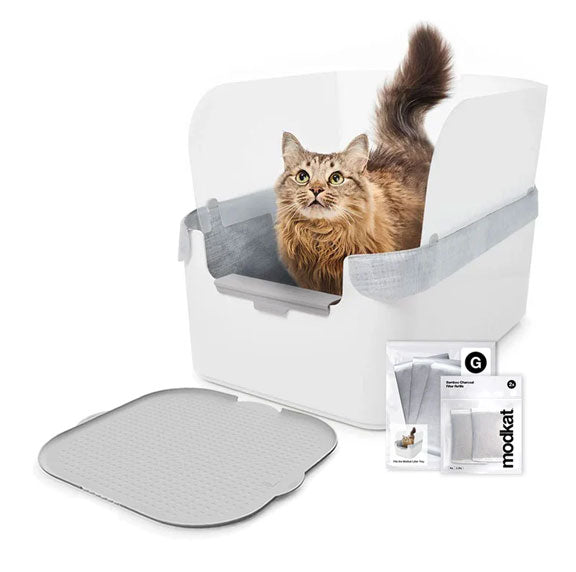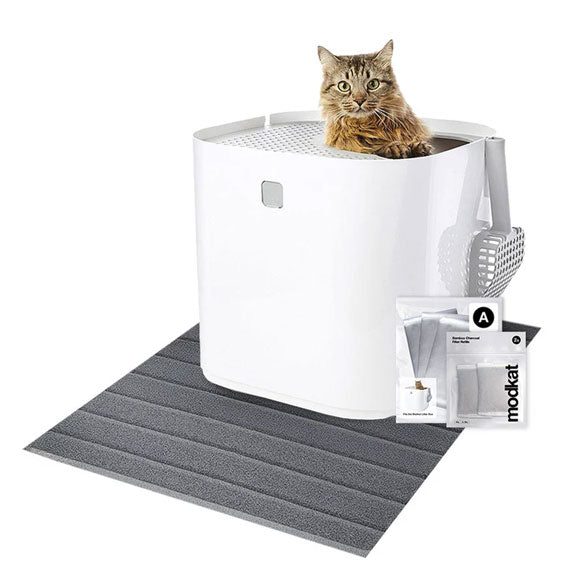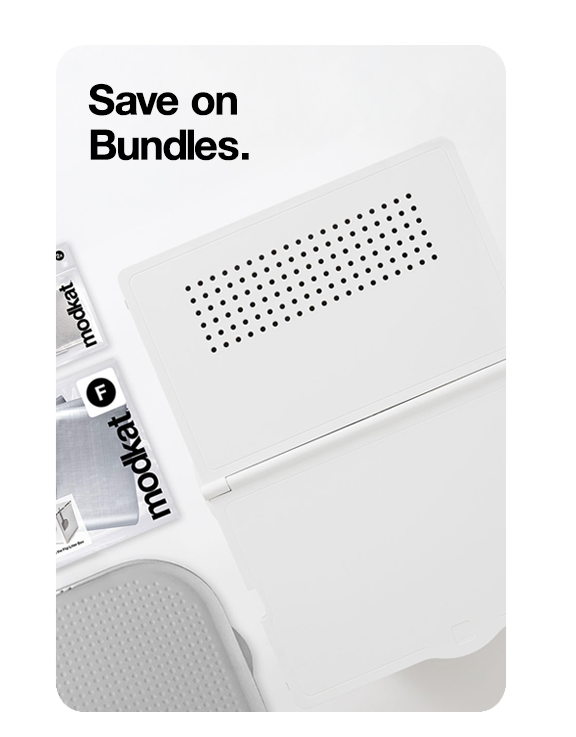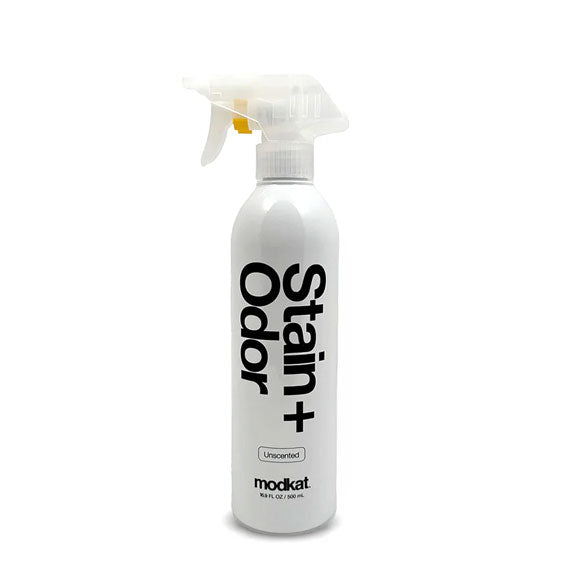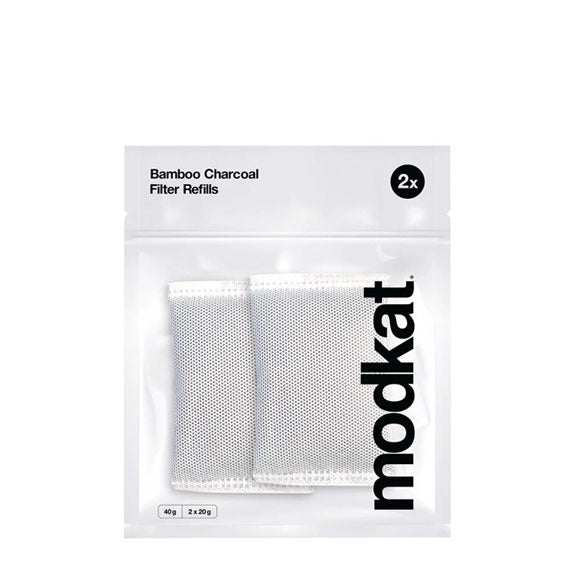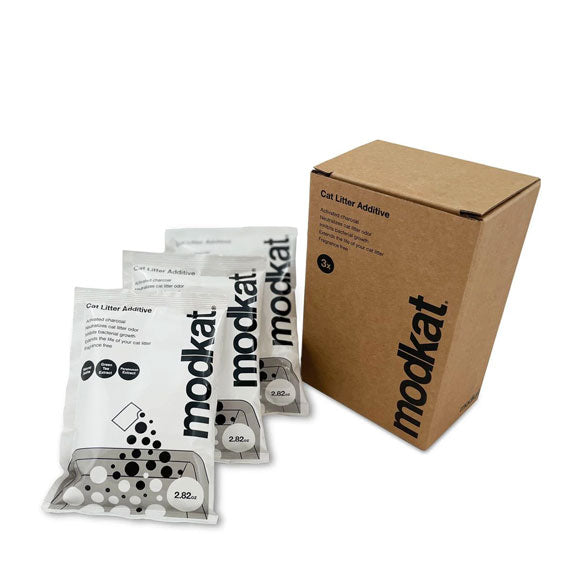20% off sitewide. Discount automatically applied.
20% off sitewide. Discount automatically applied.
Litter Boxes
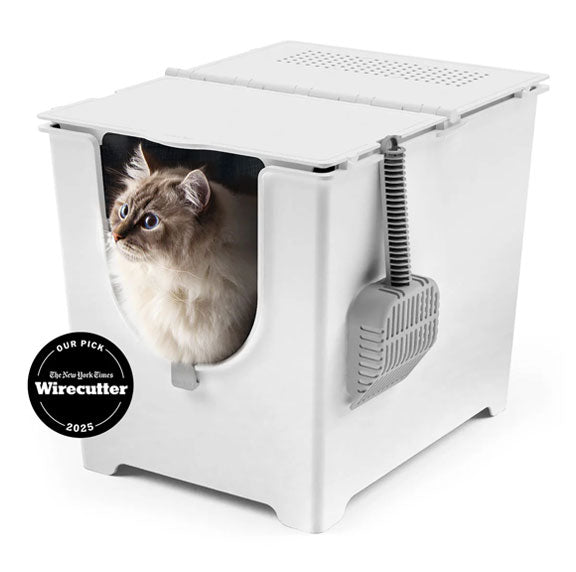
Modkat Flip
Front-Entry Litter Box

Modkat XL
Front/Top-Entry Litter Box
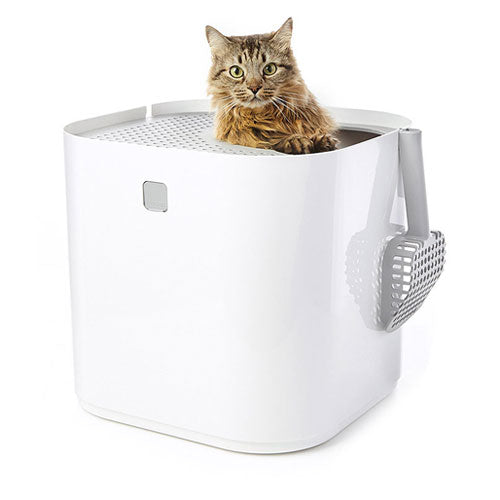
Modkat
Top-Entry Litter Box
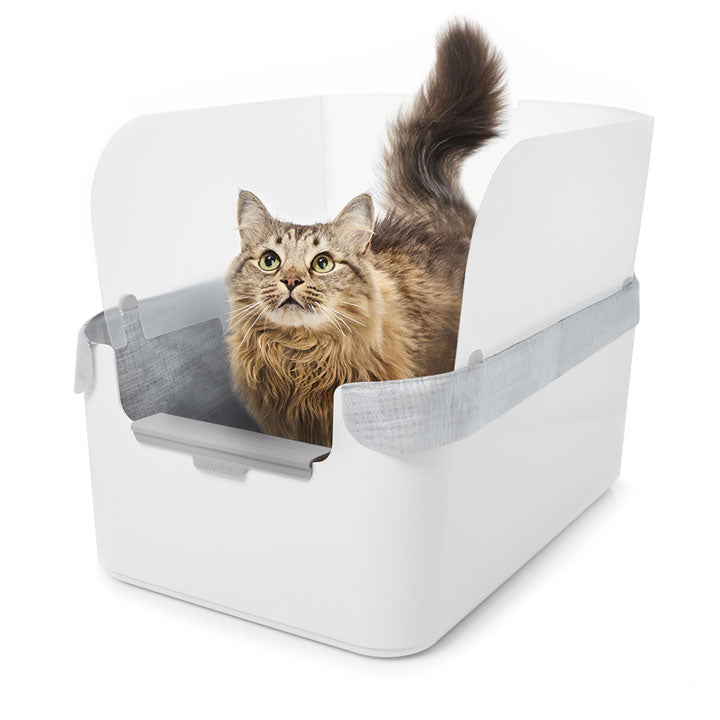
Modkat Tray
Open Litter Box
Bundles
Essentials

Litter Keeper
Two colors
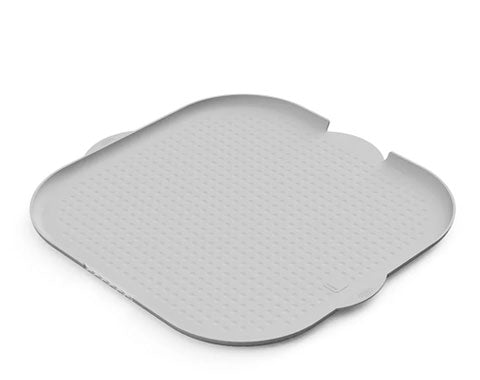
Litter Mats
Multiple styles, colors & sizes
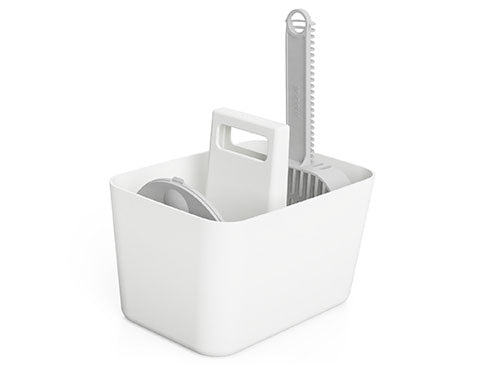
Tidy-Up Kit
Scoop holder & dustpan
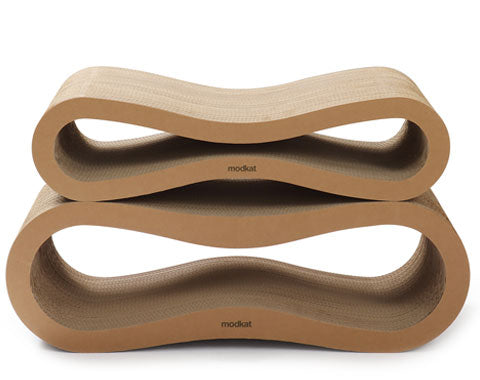
Lounge + Play
Scratchers & toys
Refills
Add description, images, menus and links to your mega menu
A column with no settings can be used as a spacer
Link to your collections, sales and even external links
Add up to five columns
Add description, images, menus and links to your mega menu
A column with no settings can be used as a spacer
Link to your collections, sales and even external links
Add up to five columns
Renal disease in cats: Here’s what you need to know.
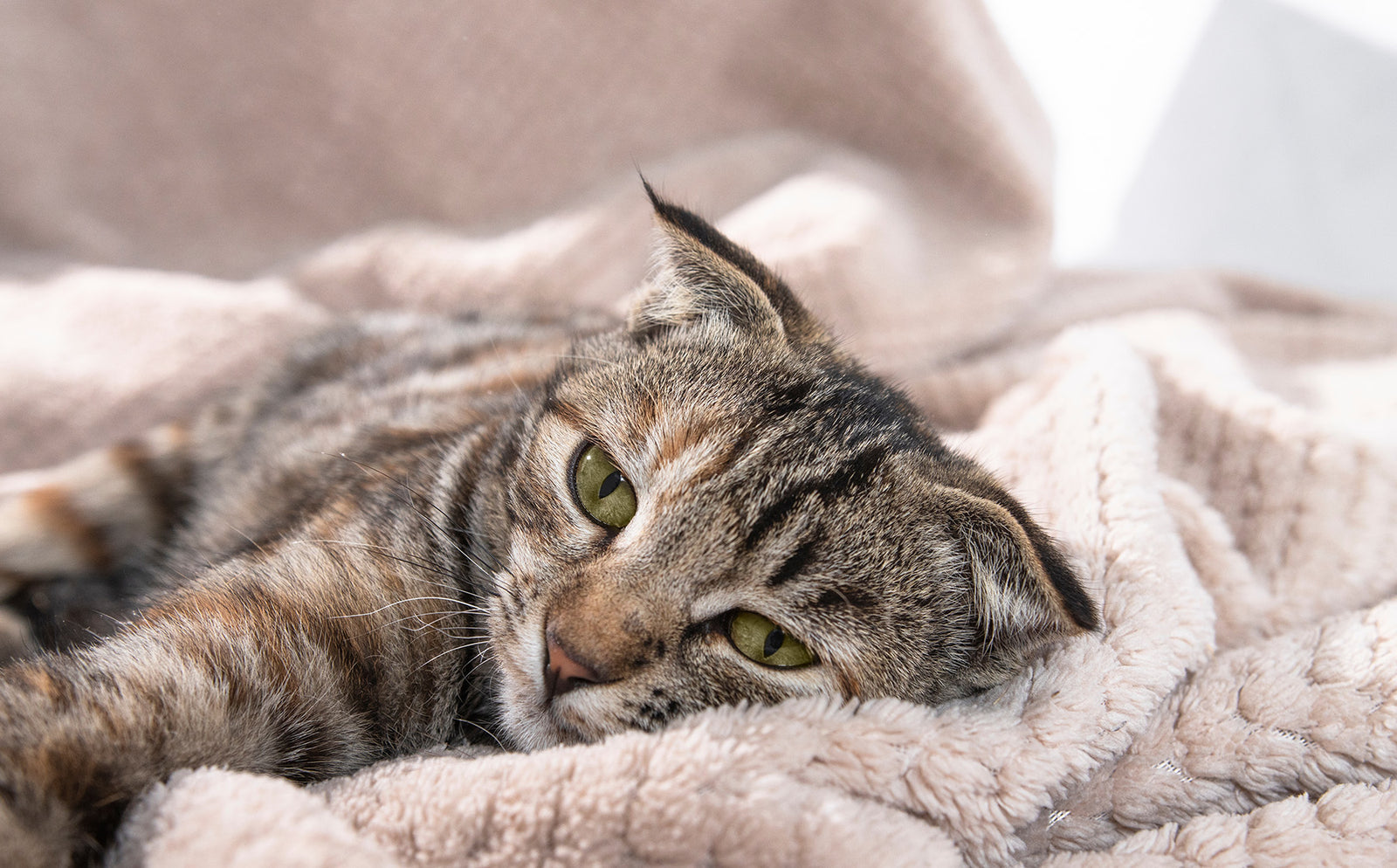
Renal disease in cats is a significant health concern affecting numerous felines worldwide, with chronic conditions especially prevalent. As a pet owner, understanding the nuances of this ailment is crucial for early detection and effective management.
In this article, we’ll help you understand how to identify renal disease, mainly focusing on early detection and what you can do to manage it for your kitty.
Understanding renal disease in cats.
Renal disease refers to any disorder of the kidneys, whether acute or chronic.
Acute renal disease occurs when a cat's kidneys abruptly stop working correctly. Toxins, trauma, infections, or rapid dehydration can cause acute renal disease. Fortunately, this disorder can often be reversed if caught early enough.
Chronic renal disease in cats is a progressive condition. Over months or years, the kidneys slowly stop performing their primary function of filtering blood and making urine. Untreated, chronic renal disease is fatal.
Identifying renal disease in cats.
Over ten years, about 30% - 40% of cats will get renal disease. More than 80% of cats who live 15 years or more will show signs of a kidney disorder. Learn to spot the early symptoms of renal disease in cats so you can get timely medical help for your pet. Signs of kidney disease in cats include:- Loss of Appetite: A cat's appetite may fluctuate a little throughout its life, but if your pet starts eating noticeably less food for no apparent reason, it's time to call your vet.
- Excessive Thirst: In chronic kidney disease, the kidneys do not process urine as they should but merely excrete fluid. Consequently, cats may drink more water to replace the fluid they lose.
- Weight Loss: If renal disease affects your cat's appetite, his overall caloric intake will drop, resulting in weight loss.
- Bad Breath: Because your cat's kidneys are not removing waste as they should, it builds up in the bloodstream. Eventually, your cat's breath will start to smell like ammonia — how urine often smells.
- Dry Coat: Dehydration and poor nutrition that often result from chronic renal disease can cause a cat's coat to lose its natural luster due to the decreased volume of oils in the skin.
Other possible symptoms of renal disease in cats include lethargy, seizures, vomiting, diarrhea, and lower body temperature. Any of these signs should be taken seriously, even if you feel sure your cat does not have kidney disease.
Focus on early renal disease in cats.
Early renal disease in cats can be so mild that it goes unnoticed for months or even years. By the time you observe some of the symptoms listed above, your cat may have already suffered kidney injury.
Due to the high incidence of feline renal disease, many vets are starting to test for it in any cat they think might be at risk using IDEXX SDMA, a renal biomarker of kidney function. IDEXX SMDA testing has allowed vets to detect 2.4 more pets with early kidney disease.
If you find out your cat has stage 1 renal disease, your vet may recommend switching her to a low-phosphorous diet. The doctor may also give your pet supplements, medications, or even intravenous fluids to help combat the disease. Early detection is crucial to a cat's quality of life.
How to identify stage 2 renal disease in cats.
Like stage one, stage two renal disease in cats includes very few — if any — clinical signals. It's diagnostic criteria is a creatinine serum of 1.6 to 2.8 or an SDMA of 18-25. Your vet may also see a mild elevation in BUN. For optimal outcomes, cats with stage two kidney disease should be closely monitored.
Treatment and management of renal disease.
Management strategies focus mainly on feeding affected cats a renal diet. Renal diet foods have less protein, phosphorus, and sodium but more soluble fiber, B-complex vitamins, antioxidants, and fatty acids that typical cat food. Studies show that pets who consume foods designed for cats with CKD have longer median survival times when compared to cats that eat a conventional diet.
Although diet is the cornerstone of treatment, your vet may also prescribe angiotensin-converting enzyme inhibitors, blood pressure control medication, intestinal phosphate binders, or anti-nausea drugs.In addition to medication, a supportive care plan could include stress reduction and subcutaneous fluid injections. Some cat litters are also especially formulated to help prevent renal disease.
Living with a cat with renal disease.
Hearing that your beloved cat has chronic renal disease can pack a powerful emotional impact. Take heart, however, because most affected cats who receive regular treatment enjoy many years of active life after their diagnosis. These kitties simply need a little more care than most.
Tips on caring for a cat with renal disease:
- Special Diet: Provide a renal-friendly diet specifically formulated for cats with kidney disease. These diets typically contain lower levels of protein, phosphorus, and sodium, helping to reduce the burden on the kidneys. Consult your veterinarian for the best dietary options.
- Hydration: Ensure your cat stays well-hydrated. Cats with renal disease are prone to dehydration, so provide plenty of fresh water. You may also consider wet food, which has a higher moisture content, or discuss subcutaneous fluids with your vet if necessary.
- Regular Vet Visits: Schedule regular check-ups with your veterinarian to monitor your cat’s kidney function and overall health. Routine blood tests and urine analyses are crucial for tracking the progression of the disease and making necessary adjustments to treatment.
- Medications and Supplements: Administer any prescribed medications or supplements as directed by your veterinarian. These might include blood pressure medications, phosphorus binders, or supplements to support kidney function.
- Monitor Symptoms: Keep an eye on your cat for any changes in behavior, appetite, or litter box habits. Increased thirst, weight loss, vomiting, or lethargy can indicate worsening kidney function or other health issues that need to be addressed promptly.
- Comfortable Environment: Create a comfortable living environment for your cat. Ensure they have easy access to food, water, and clean litter boxes, especially if they are experiencing mobility issues. Provide a warm and cozy resting area to help them feel secure and relaxed.
Final Thoughts
Renal disease is common among cats. For most animals, it's a slow and progressive illness, and if untreated, it's also a fatal one. However, when diagnosed early and given proper care and management, cats with renal disease can lead a healthy and happy life for many more years.
Next time your cat goes to the vet, ask if it would be a good idea to check for chronic kidney disease. You might just save your pet's life.
Modernize your litter box with Modkat.
“It looks nicer than any other hooded or open option we considered.”

Categories
Meow from Brooklyn.
Sign up and get early access to product drops, exclusive offers, and the occasional cat meme.
Similar products related to this blog:
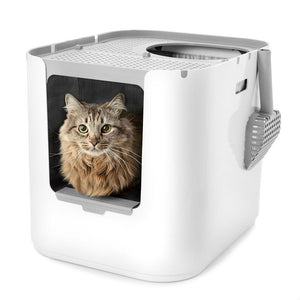
"It looks nicer than any other hooded or open option we considered."

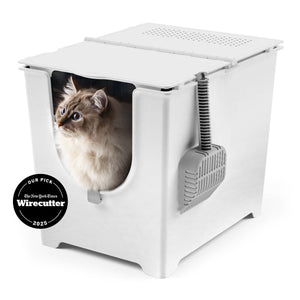
"This litter box keeps everything in, nothing gets out the sides."

"My beautiful ragdoll cat and I both love the new Modkat Litter tray!"


